It’s Godzilla season again with last weekend’s worldwide theatrical release of Godzilla x Kong: The New Empire. This is the second time Godzilla and King Kong have made a film appearance together in recent times with 2021’s Godzilla vs Kong being the first instalment. Both films were directed by Adam Wingard.
Godzilla x Kong made back its budget of $135m in the first weekend when it took in $195m at cinemas, according to figures from Box Office Mojo. In total, it has sold $209m in tickets so far and has scored a very respectable 92 percent Rotten Tomatoes audience rating.
The origins of Godzilla go back 70 years to the first 1954 film release in Tokyo, Japan – Gojira, directed by Ishiro Honda. According to Godzilla film lore, there are anywhere from 11 to 33 versions of Godzilla that have been designed across 38 live-action films. Thirty-three have been released in Japan and five in the United States.
Let’s explore this creature that’s terrified audiences for nearly three-quarters of a century.
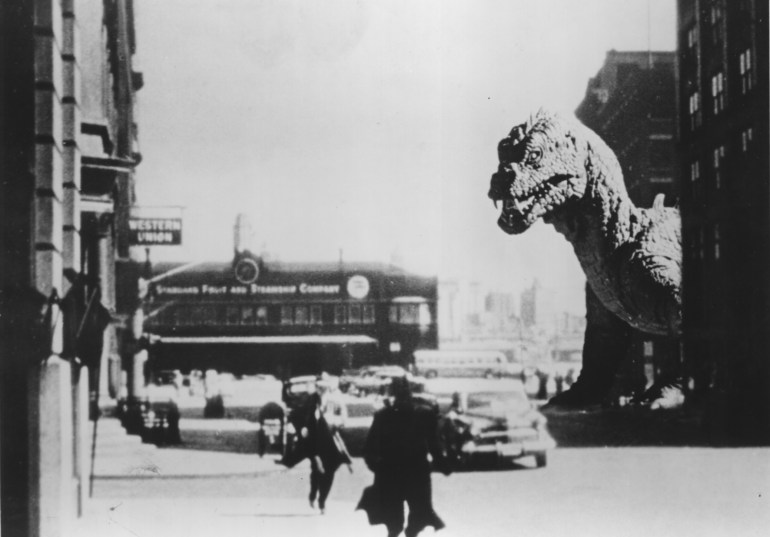
What even is a Godzilla?
Godzilla was inspired by a 1953 film, The Beast from 20,000 Fathoms, directed by Eugene Lourie, in which a giant monster is awakened by an atomic bomb detonation. The dinosaur-like monster has some similarities to Honda’s 1954 Godzilla film.
What many might not know is that Godzilla was seen as symbolic of the atomic bombs that the US dropped on Nagasaki and Hiroshima in August 1945.
“As long as nuclear weapons or nuclear power exists, Godzilla will never not be relevant,” Kazu Watanabe, the then-head of film at the Japan Society, a cultural centre in New York, said in an interview with NBC News in 2020. “Godzilla reminds us that we have the terrible power to create our own monsters and contribute to our own destruction.”
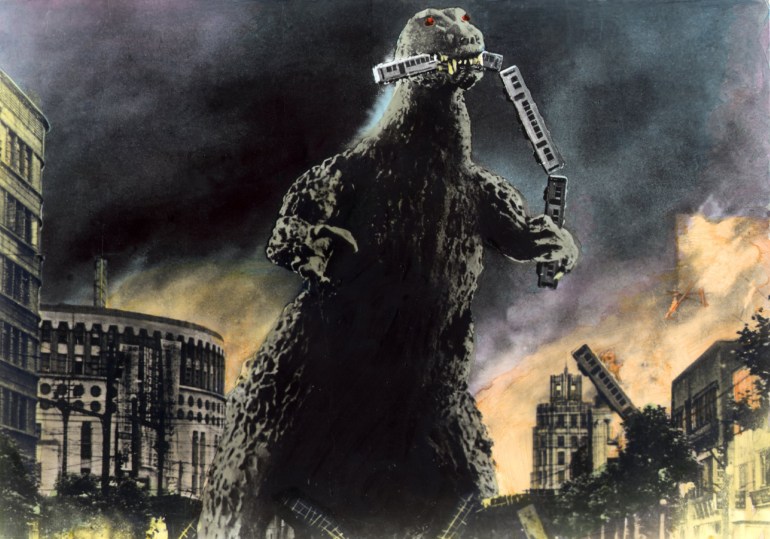
According to fan lore, Godzilla is a reptilian “kaiju”, or “large monster”, which has the ability to issue an atomic breath with the destructive capability of a nuclear blast. Godzilla is supposed to be 50 metres (165ft) tall and weigh 20,000 tonnes.
Originally created by Toho Studios in Japan in 1954, the name of the first Godzilla (Gojira) was devised from a combination of two Japanese words: “gorira”, which means gorilla, and “kujira”, which means whale.
“There was a big – I mean huge – fellow working in Toho’s publicity department, and other employees would say, ‘That guy’s as big as a gorilla.’ ‘No, he’s almost as big as a kujira,’” according to Steve Ryfle, author of the book Japan’s Favorite Mon-star: The Unauthorized Biography of “The Big G”, which exhaustively details the origin story of Godzilla.
Some attribute producer Tomoyuki Tanaka as the person who popularised the name Gojira because he was the creator of the Godzilla franchise.
Godzilla’s famous roar was originally created by composer Akira Ifukube, his assistant Sei Ikeno and sound technician Ichiro Minawa in 1954. It has been reinterpreted by various sound designers over the decades since.
The original Godzilla costume was worn by actor Haruo Nakajima from 1954 to 1972 over the course of 12 films. Nakajima started out acting in samurai films for Toho Studios and starred in Kurosawa Akira’s 1954 classic, Seven Samurai. But it was the Japanese war film Eagle of the Pacific, which also came out in 1954, that caused Honda to take notice of the bravery of Nakajima, who had to perform his own stunt, jumping out of an aeroplane on fire.
In a 2017 interview with Great Big Story, a London-based film company that produces mini-documentaries, Nakajima stated: “Mr Honda saw this scene and thought, ‘This guy is full of energy.’ They came to see me as someone who had guts, and I think that’s why they wanted me for the role of Godzilla.”
The original Godzilla suit weighed nearly 100kg (220lb). Ready-mixed concrete was used because rubber wasn’t readily available at the time. Later, Godzilla suits would use heavy urethane and bamboo, chicken wire, cushions and latex.
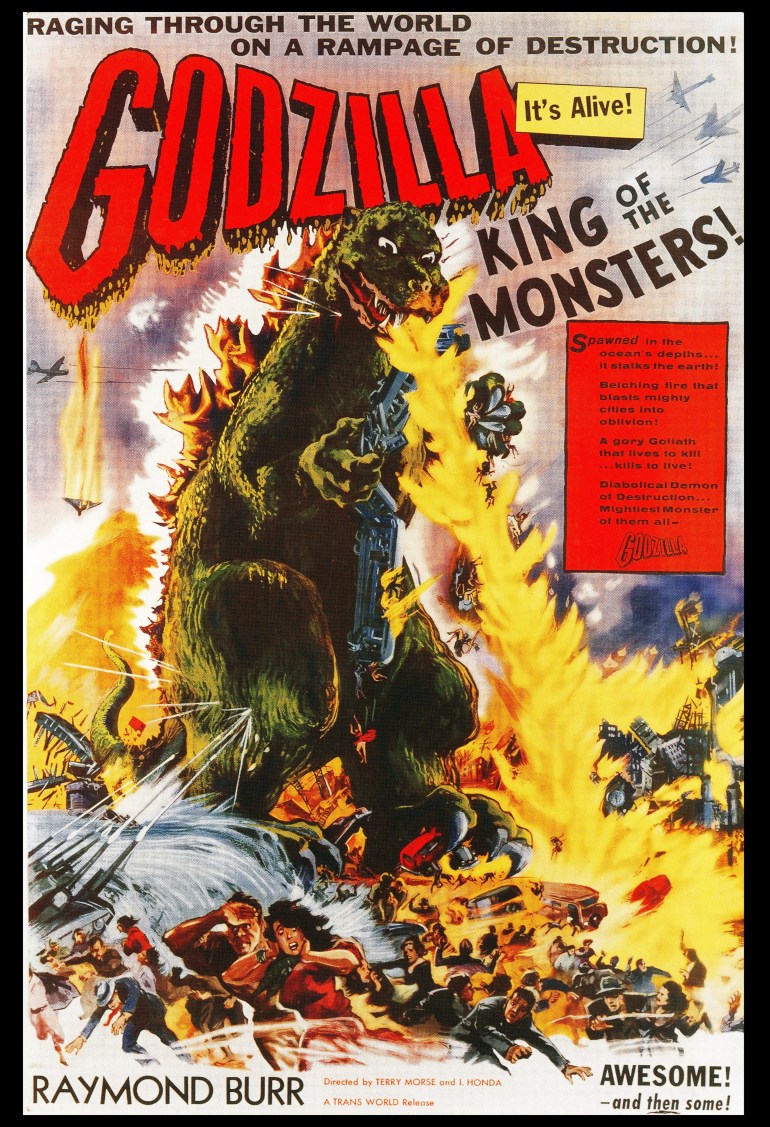
Yesterday’s Godzilla vs today’s Godzilla
The first Godzilla in 1954 laid waste to cities as the government and military tried to stop it. In the follow-up to Gojira’s success, 1955’s Godzilla Raids Again, Toho Studios would introduce a new monster for Godzilla to fight, an “ankylosaurus kaiju” named Anguirus.
This would serve as the inspiration for later films in which Godzilla would fight a different kaiju – sometimes several of them at the same time. During the so-called Showa era of 1954 to 1975, a new cadre of monsters, from Mothra to Ghidora, would be introduced. Even robot versions of Godzilla appeared, such as Mechagodzilla in 1973.
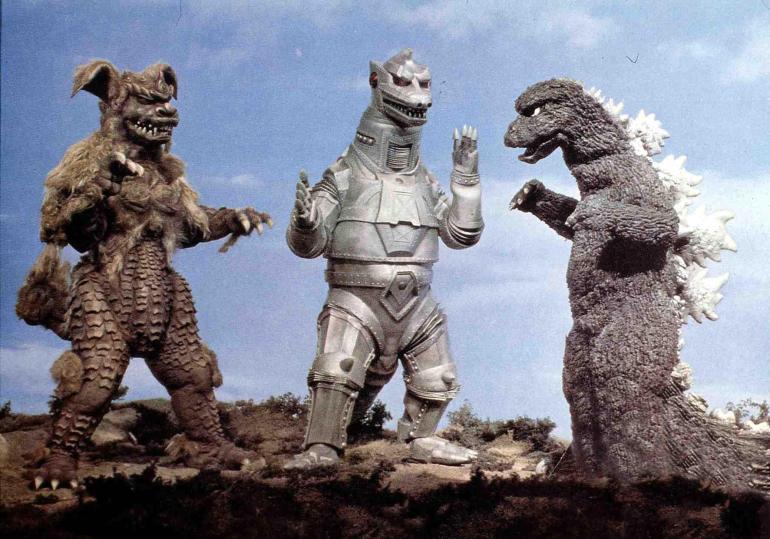
Toho Studios rebooted the series in 1984 with The Return of Godzilla, the first of the Heisei series, which ran from 1984 to 1995. The first film returned to the original 1954 version with Godzilla as a force of nature destroying cities and wreaking havoc and terror on humanity.
Later reboots would include the Millennium era movies (1999-2004) and the current Reiwa era, which includes the Toho Studios release of Godzilla Minus One in November last year. That film received multiple awards, including an Oscar for best visual effects, Japan Academy Film Prizes and Asian Film Awards.
The method of filming Godzilla movies using an actor in a monster suit in a miniature setting was employed for many years.
In 1998, German film director and screenwriter Roland Emmerich was in charge of creating an American version of the franchise, resulting in a Godzilla created using CGI, or computer-generated imagery, and other digital special effects.
In 2014, director Gareth Edwards took Godzilla in a new direction in his film starring Ken Watanabe. At 110 metres (350ft) tall with a tail span of 150 metres (500ft), this was a special effects version that was more than double the size of the 1954 Godzilla.
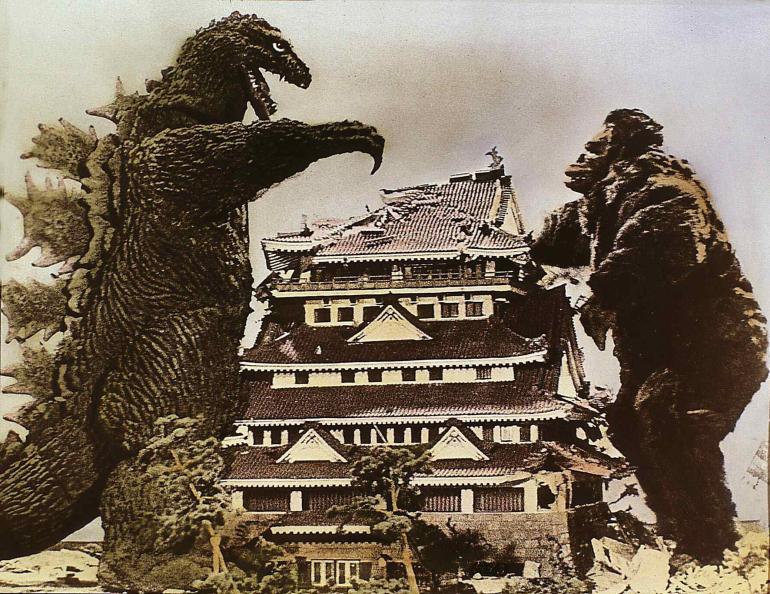
Why is Godzilla so popular?
Godzilla’s origin story in 1954 had a relatable context, being a metaphor for the tragedies of the atomic bombs dropped on Hiroshima and Nagasaki by the US.
But it was the “visceral displays of destruction, then unparalleled in American sci-fi pictures, where the monsters became characters with personalities and heroic bravura” that won over audiences in the decades following, according to Ryfle. “This is where Toho’s menagerie of kaiju first won the hearts and imaginations of film fans around the globe: where unforgettable battles between Godzilla and its foes flattened entire swathes of Japan,” he wrote in an article for the Criterion Collection, the film group, in 2019.
Godzilla has become such a cultural icon of Japan that in 2014, the central Shinjuku ward of Tokyo named Godzilla as its tourism ambassador.
During the unveiling ceremony at the Tokyo headquarters of Toho Studios, which features a giant Godzilla sculpture, Shinjuki Mayor Kenichi Yoshizumi stated: “Godzilla is a character that is the pride of Japan.”
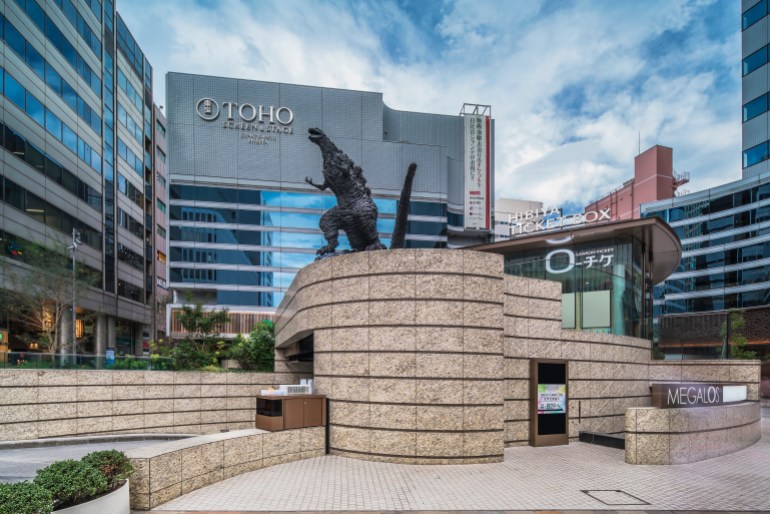
Godzilla has been a creature of reinvention over the years – and not just Godzilla, the character. Godzilla appears in a multitude of media, including comic books, films, TV series and animation. In 2017, Netflix released an animated film called Godzilla: Planet of the Monsters, and in 2021, the Japanese animated series Godzilla Singular Point was released.
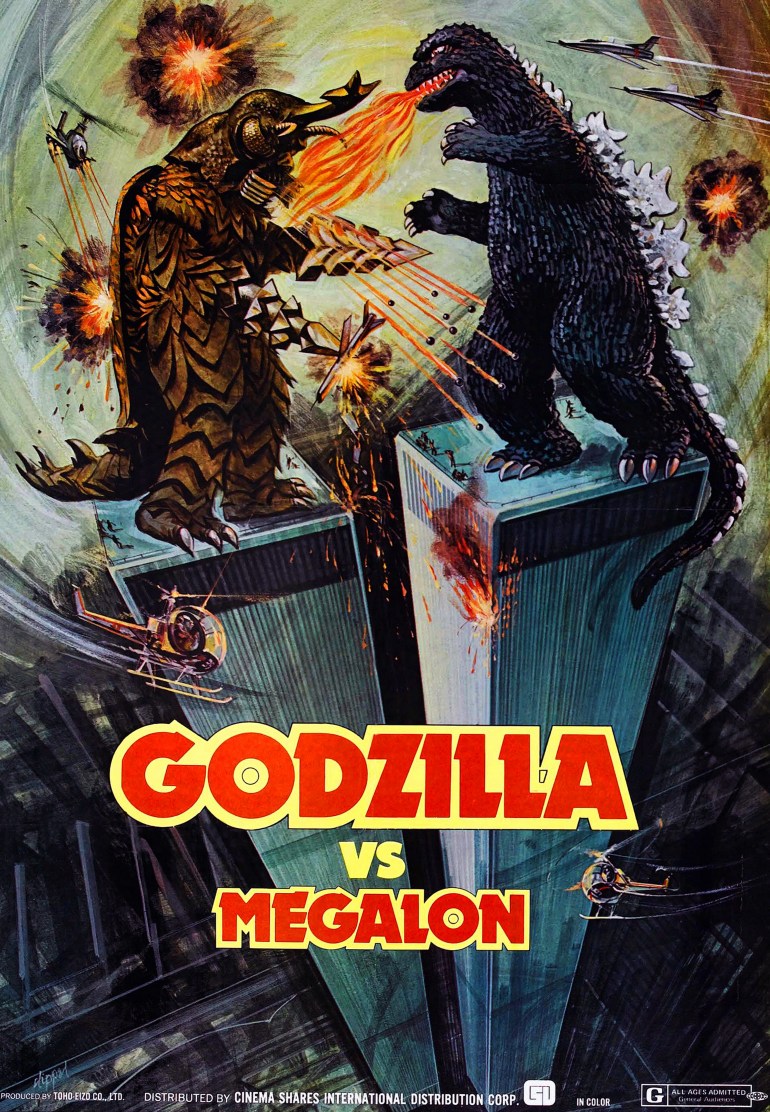
Other characters from the Godzilla movies have become popular as well. Classic characters from the Showa era have been reintroduced and reinvented with new storylines. They have included monsters from Mothra to King Ghidorah as well as newer characters such as Skar King, a gigantic primate-based creature that is featured in Godzilla x Kong.
This MonsterVerse is trying to replicate the same formula as the Marvel Cinematic Universe and its superhero movies with storylines that tie together multiple characters and reimagine original stories.

